In April 2014, David Losinski, a diver who flew helicopters for the Oakland County Sheriff’s Office, was on a boat diving with his son when, through the murky depths, they spotted the submerged door of the wreckage of the P-39. The aircraft was discovered in 30 feet of water about 5 miles north of Port Huron in Lake Huron. The p-39 was determined to be a training craft for the famous squadron of the Tuskegee Red Tails.
What We Will Cover
A Rare Find in the Depths of Lake Huron
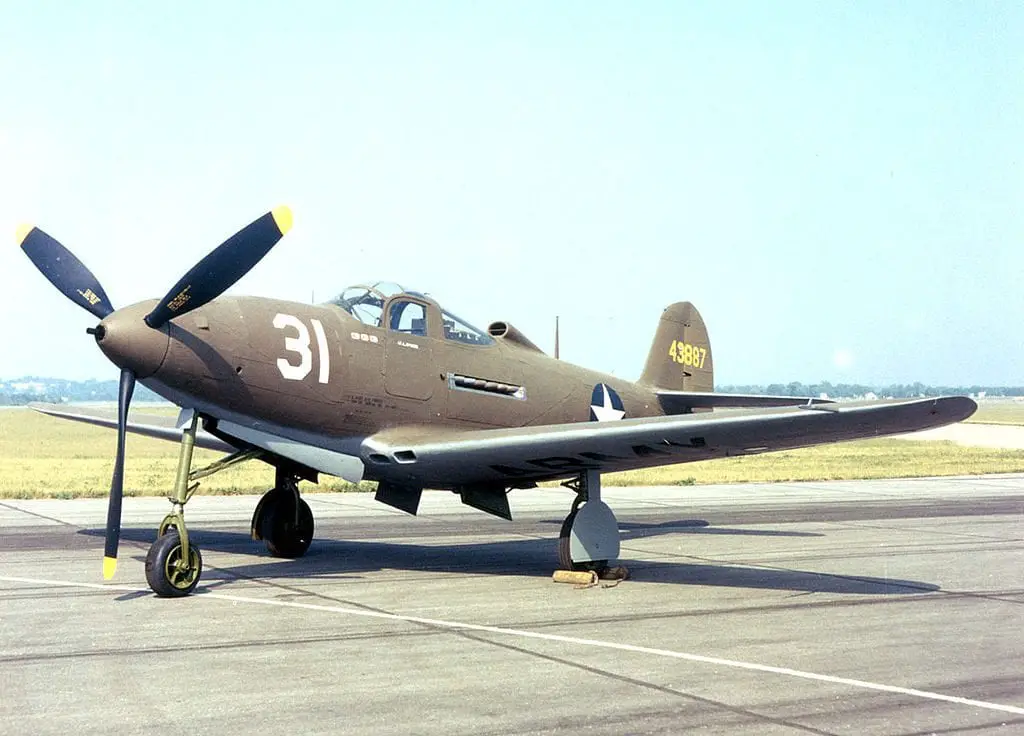
The discovery was rare, and its timing gave some of the crew who made the discovery a pause. It was 70 years to the day after the crash was reported. Losinski alerted the archeologist from the State of Michigan Archeology Office of his find.
A year later, in August of 2015, Erik Denson, a NASA engineer from the Kennedy Space Center, and six other underwater explorers made history by conducting a five-day archeological survey of the Bell P-39Q Airacobra that had been discovered in Lake Huron.
The Great Lakes Was an Advanced Training Ground For The Famous Red Tail Squadron

On February 8th of 1944, class SE-44-B graduated from advanced single-engine pilot training at Tuskegee Army Air Field in Alabama. A total of 20 Tuskegee Airmen fighter pilots graduated from the field that day. A newly minted pilot, 22-year-old Frank Moody, received his wings and was soon ordered to Michigan for advanced training.
Michigan was chosen for advanced training for Army Air Corps and Tuskegee pilot training. The weather, terrain, and geographical conditions are similar to those that pilots might encounter in central and northern Europe. There are numerous stories in which the sacred white rock north of Lexington and Little Charity Island in Saginaw Bay were used for target practice.
He was one of seven documented Tuskegee Airman whose planes were lost in or near the Great Lakes as they trained to battle the Nazis in Europe.
The Great Lakes have another P-39 Red Tail crash site in the St. Clair River. Flight officer Nathaniel Rayburg died on Dec. 12, 1943, when he crashed near Algonac. State archeologist Wayne Lusardi noted that five Tuskegee Airmen training planes were lost during training exercises—four in Lake Huron and one in the St. Clair river. Three of the aircraft have yet to be found.
The team that worked with Lusardi also included members from the Diving With a Purpose (DWP) and Michigan’s Maritime Archaeology Program. Lusardi hopes to return to the site in the summer of 2021 and continue recovery operations. Once fully recovered, the aircraft will be restored in Alpena and displayed at the Tuskegee Airmen Museum in Detroit.
The Community Foundation of St. Clair County is partnering with Diving with a Purpose (DWP) to support the community fundraising efforts for the Tuskegee Airmen Memorial to honor Moody and Rayburg be built at the Blue Water Flag Plaza in Port Huron. Donations can be made on-line.
Tuskegee Red Tails Trained At Michigan Airfields in Oscoda and Selfridge
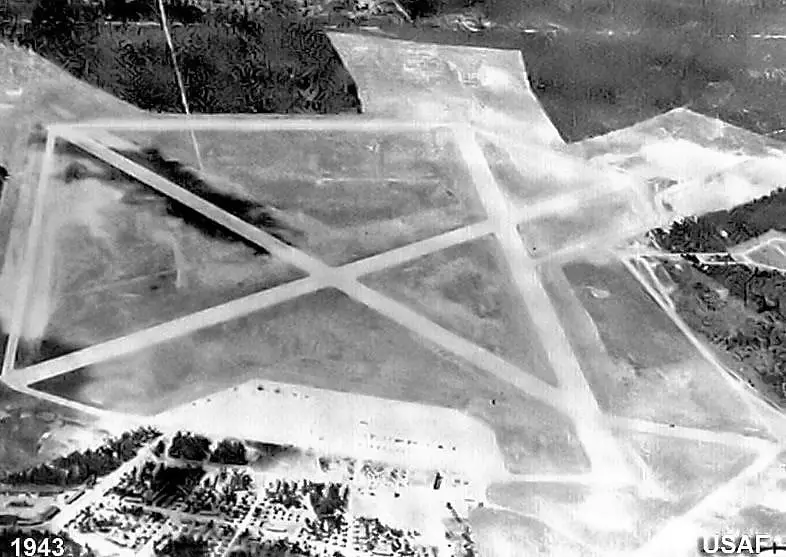
The training was based at Selfridge Army Air Corps base near Mount Clemens on Lake St. Clair and at Camp Skeel on the shores of Lake Huron in Oscoda. The new pilots from the 332nd Fighter Group were sent to Selfridge.
On April 11, 1944, Moody’s P-39Q, Airacobra, crashed into Lake Huron seven miles north of Port Huron. Lt. Moody and three other pilots were conducting gunnery exercises 100 feet above Lake Huron when his plane gave off a trail of black smoke. The plane raised its nose slightly, then cart-wheeled into the water. Lt. Moody was killed instantly. The Coast Guard searched for the pilot and the plane until rough weather halted the search. Moody was found a few days later near Port Huron.
He was one of seven documented Tuskegee Red Tails Airmen whose planes were lost in the Great Lakes as they trained to battle the Luftwaffe in Europe. Once the training regimen was completed, many Tuskegee airmen were immediately deployed to combat support missions in Italy, North Africa, and the Mediterranean.
Why Were the Tuskegee Airmen Called Red Tails?
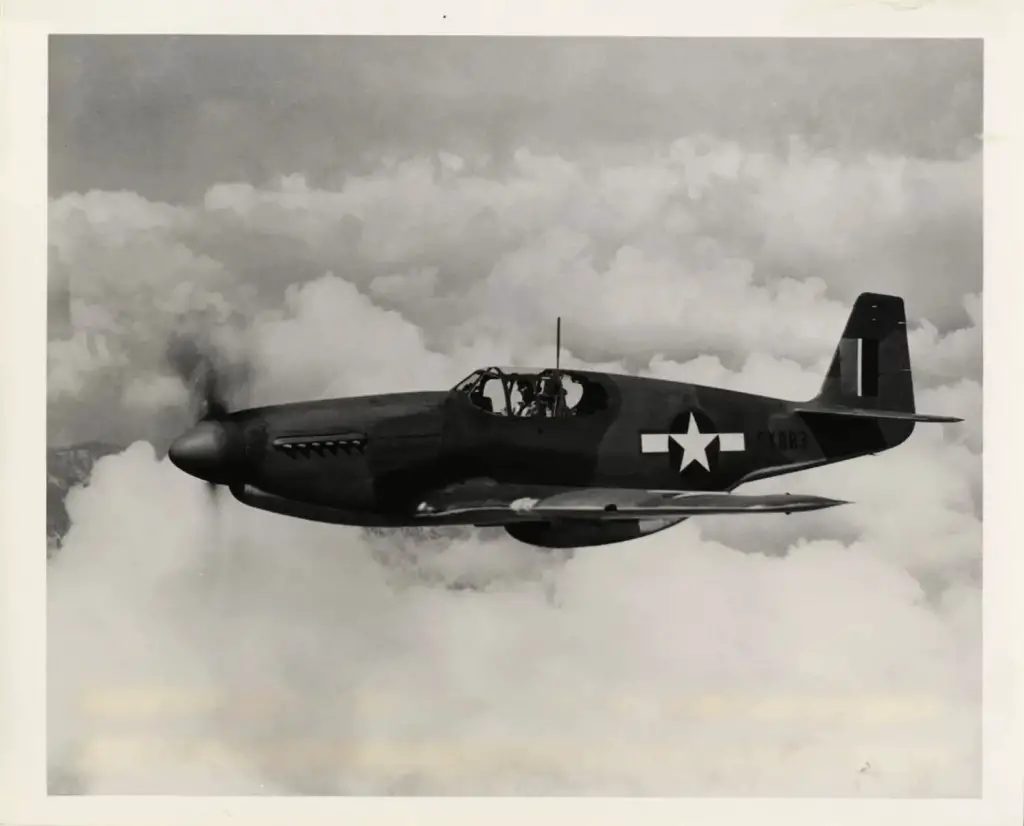
The 100th, 301st, and 302nd fighter squadrons arrived in Italy in February 1944. They joined with the 99th squadron already in-country. These squadrons of Black pilots and support staff constituted the new 332nd Fighter Group.
The 332nd began flying P-51 Mustangs to accompany the 15th Air Force of heavy bombers during missions deep into enemy territory. The tails of their P-51’s were painted red for identification purposes. This identifying mark thus earned the moniker “Red Tails.”
A Historical Archaeological Site In Lake Huron
In 2015 a team of professional and avocational archaeologists visited the downed P-39 to document and record the remains of the Tuskegee Red Tails aircraft. Michigan’s principal investigator, State Maritime Archaeologist Wayne R. Lusardi, led the expedition.
The team that worked with Lusardi also included members from the Diving With a Purpose, a Maritime Archaeology Program, and the National Oceanic and Atmospheric Administration. “We are not allowed to disturb or recover artifacts without permits,” noted Lusardi. “I am making a recommendation to recover some selected artifacts, but not the entire aircraft,” Lusardi said that it would be expensive to remove the complete airplane.
The DWP program consists mainly of National Association of Black Scuba Divers members. The program started as a partnership with the National Park Service to help document historic shipwrecks in Florida’s Biscayne National Park and teach divers the basic techniques of underwater archeology.
“These pilots were scholars with degrees from some of our country’s finest colleges and universities,” she said. “They were only limited, in some instances, by their color. But they were strong and courageous. I left Lake Huron with a commitment to help tell their story — who they were and what they did from our perspective. We must tell our own history.”
When the five-day mission ended, a crew member brought a wreath aboard the dive boat and asked his fellow scuba divers to say a few words to commemorate the Tuskegee Red Tails Airmen.
Quotes credited to the Westside Gazette.
Sources For More Information on the Tuskegee Red Tails
ACUA Underwater Archaeology Proceedings 2020, Aviators Down! Tuskegee Airmen in Michigan by Wayne R. Lusardi – Michigan State Maritime Archaeologist
World War II Aircraft Lost in the Great Lakes – by Wayne R. Lusardi – Michigan State Maritime Archaeologist
Related Reading
- New Marine Sanctuary Possible in Lake Michigan – There are renewed calls to confirm the new marine sanctuary in Wisconsin’s Lake Michigan waters for scuba and recreational opportunities.
- Cash for Eliminating Asian Carp – In an earlier post, “It’s Time to Consider a Bounty on Asian Carp” we advocate exploring a bounty program to help curb or control the Asian Carp problem with this invasive species until the long term solution can be developed.
- History of the Name Pointe Aux Barques – The name literally means the point of boats. This is because the rock formations found in the area looked like the prow of a ship. This area was also known as a hideout for sailors in the caves reefs and shallow waters of the area.
- Port Austin Air Force Station – Port Austin Air Force Station was one of twenty-eight stations built as part of the second segment of the Air Defense Command permanent radar network.
Discover more from Thumbwind
Subscribe to get the latest posts sent to your email.

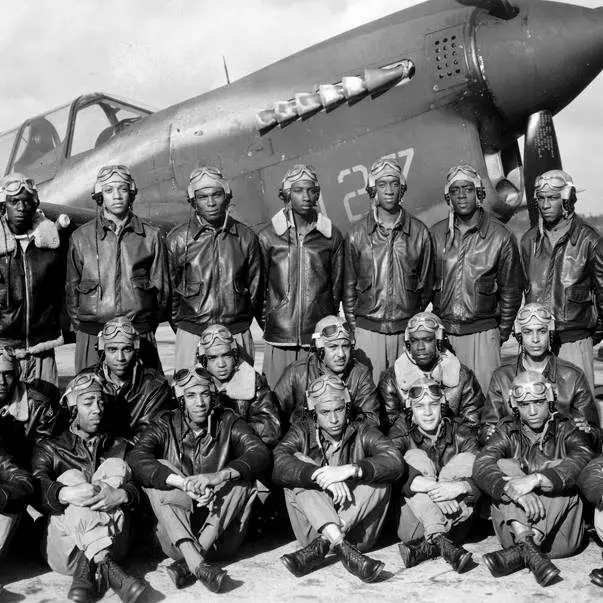


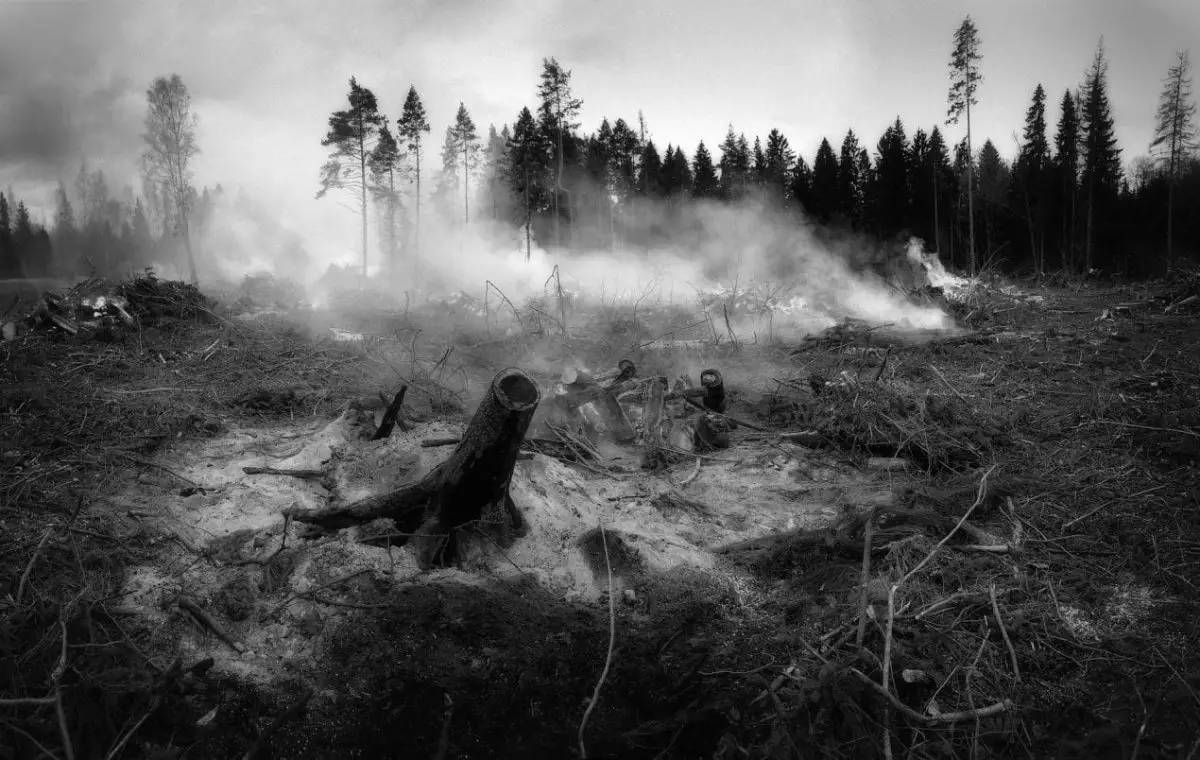
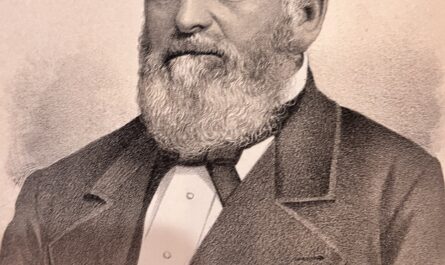
Unfortunately many of the facts in this story are incorrect. Please contact me to make them accurate.
Done…Thanks Wayne